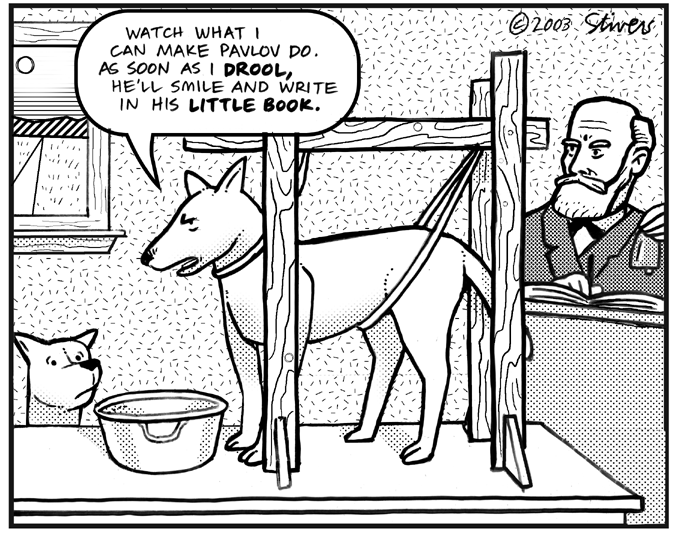In my previous article, I proposed a Taxonomy of Learning Theories to organise a few of the myriad of theories into some semblance of order, and to assist instructional designers in using theory to inform their work.
In this article, I go one step further by listing specific, practical instructional design tips that are informed by those theories.
But beware… You will find empirical evidence reported in the academic literature that supports these tips, and no doubt you can find just as much evidence that refutes them. I don’t purport them to be Gospel, and I certainly consider them highly dependent on context.
Having said that, however, I do vouch for my tips in terms of my own experience in the workplace, where I’ve applied them in various combinations to real-world cases.
I hope you find my list useful too – not so much as a checklist to incorporate every theory into your work – but rather to ensure that you have at least considered what they have to offer.
If you have your own theory-informed design tips, I’d love you to share them with me!

Behaviourist design
Behaviourist learning theories inform us that stimuli elicit responses, and that one stimulus can be associated with another.
This perspective adopts a “black box” approach to instructional design:
- Link paired concepts. For example, rolling the mouse over Italy on a map can display “Rome”, while rolling the mouse over Spain can display “Madrid”. Strengthen the association with a short burst of Italian and Spanish music respectively.
- Incorporate matching pairs into an interactive game that facilitates repetition.
- Use consistent navigation, symbols and visual design.
- Provide plenty of questions for practice.
- Reward correct responses to questions with a visual/verbal reward (eg a big green tick and the message “Well done!”) and perhaps a brief sound (eg a pleasant bing).
- Flag incorrect responses to questions with a visual/verbal message (eg a small red x and the modest message “Oops, that’s not right”) and perhaps a brief sound (eg a buzz).
- Avoid exposing the correct answer upon an incorrect response. Instead, allow the learner to re-try (unless of course the assessment is summative).
- Remember that rote learning is no substitute for deep understanding.
Cognitivist design
Cognitivist learning theories inform us that hierarchically (or otherwise logically) arranged content aligns with the existing network of knowledge in the learner’s mind.
This perspective demands a structured approach to instructional design:
- Structure your content logically.
- Start with the learning outcome and work backwards to connect it to prior knowledge. Fill in the gap. If the gap is extensive, consider multiple smaller courses rather than one big one.
- Use advance organizers to put the upcoming content into context and to pre-organise it. In other words, assist the learner to link the new knowledge to the relevant point in their existing cognitive structure, and to construct high-level cognitive branches within which to fill the detail.
- Organise your content in increasing order of complexity. Provide an epitome of the domain initially, then elaborate.
- Apply a minimalist design to reduce extraneous cognitive load.
- Use plenty of white space.
- Bold key terms.
- Modularise some of the text (enclose it in a box) to make it easier to digest.
- Wrap multiple paragraphs into a single interactive show/hide object.
- Migrate extensive text into a downloadable document or onto a wiki.
- Use an infographic to arrange key concepts in a framework.
- Place the text in the infographic as close as possible to the corresponding point in the picture. Consider an audio overlay.
- Avoid bright decorations and looped animations that compete with the substantive content for the learner’s attention.
- Allow the learner to control multimedia and to press “Play” when they’re good and ready, to avoid inducing mild panic.
- Use consistent navigation, symbols and visual design (as per behaviourism, but according to a different rationale).
- Include activities that require sequencing and categorisation.
- Employ real-world examples and scenarios.
- Summarise the key concepts.
- Include a formative assessment to enable the learner to test their knowledge, and to modify it or fill in gaps if necessary.
- Ask higher order questions to confirm deep understanding.
- Provide rich feedback.
- Allow time for reflection.
- Employ a mostly instructivist approach for novices. Reserve problem-based learning (PBL) for experts.
Constructivist design
Constructivist learning theories inform us that the prior knowledge of each learner is different, and thus they have unique needs, goals and contexts.
This perspective demands a learner-centred approach to instructional design:
- Explain up-front why the learner should bother. What specific problem will it solve?
- Allow the learner to co-create the learning objectives.
- Cut to the chase. Content should be relevant, meaningful and practical. Supportive (but unnecessary) content should be made available elsewhere.
- Avoid forced navigation: instead, allow the learner to explore the content at their discretion. A default linear navigation, however, will assist novices.
- Ensure the navigation menu is always accessible from anywhere in the course.
- Would a wiki be a more effective (self-directed) mode of delivery?
- Avoid using an end-point in the bulk of the course to mark completion: instead, use a summative assessment.
- If your assessment is robust enough, those who understand the content will pass, while those who don’t will fail.
- Ask a colleague to bluff their way through your assessment. If they pass, it’s obviously too weak.
- Ensure the assessment is authentic.
- Where possible, enable the learner to undertake the learning at their place of practice.
- Use real photos rather than cartoons or illustrations.
- Encourage discovery learning.
- Provide your learners with a forum to ask questions and to learn from one another. The forum may be synchronous or asynchronous, or both.
- Encourage continual communication among the learners and their colleagues in the wider workplace. Consider a regular “community of practice” meeting if the conversation does not naturally emerge.
Connectivist design
Connectivist learning theory informs us that the learner can’t possibly take in all knowledge, and it changes too quickly anyway.
This perspective demands a realistic approach to instructional design that doesn’t rely on memory:
- Supplement your content with further learning resources, not only to assist the learner to broaden and deepen their knowledge, but also to keep it up to date.
- Avoid merely listing hyperlinks: instead, provide explanations to help the learner recognise meaningful patterns among them.
- Create a social bookmarking account.
- Encourage social networking (both online and face-to-face).
- Develop an ILE to centralise all the resources.
- Encourage the learner to integrate the ILE into a broader PLE.
Do you have any instructional design tips to share?











